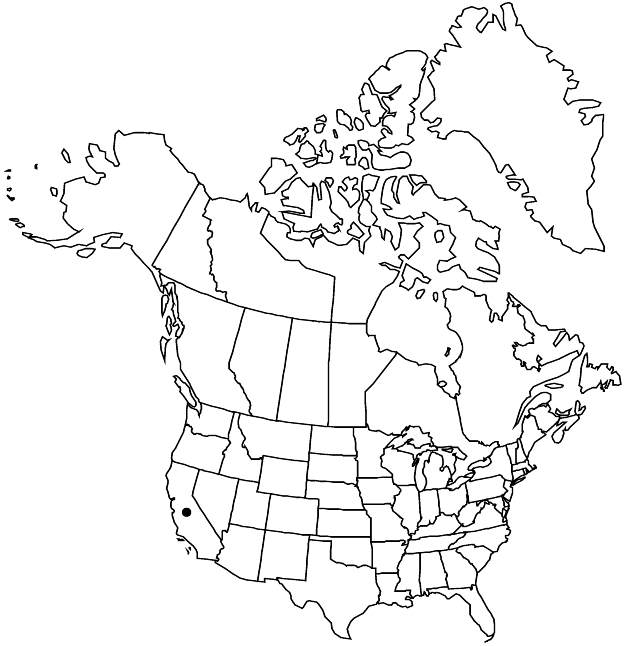familyEricaceae
subfamilyEricaceae subfam. Arbutoideae
genusArctostaphylos
speciesArctostaphylos crustacea
subspeciesArctostaphylos crustacea subsp. rosei
Arctostaphylos crustacea subsp. rosei
Madroño 54: 152. 2007,.
Common names: Rose’s manzanita
Basionym: Arctostaphylos rosei Eastwood Leafl. W. Bot. 1: 77. 1933
Synonyms: Arctostaphylos crustacea var. rosei (Eastwood) McMinn Arctostaphylos tomentosa subsp. rosei (Eastwood) P. V. Wells
Twigs short-hairy (without longer hairs). Leaf blade surfaces glabrous abaxially. Immature inflorescence axes glabrous or hairy, sometimes glandular (not densely glandular-hairy). Ovaries densely hairy.
Phenology: Flowering winter–early spring.
Habitat: Maritime chaparral and coastal bluffs, historic stable dunes
Elevation: 0-200 m
Discussion
Of conservation concern.
Subspecies rosei occurs in western San Francisco and disjunct to the Big Sur Coast region from Monterey to San Luis Obispo.
Selected References
None.
Lower Taxa
None.
